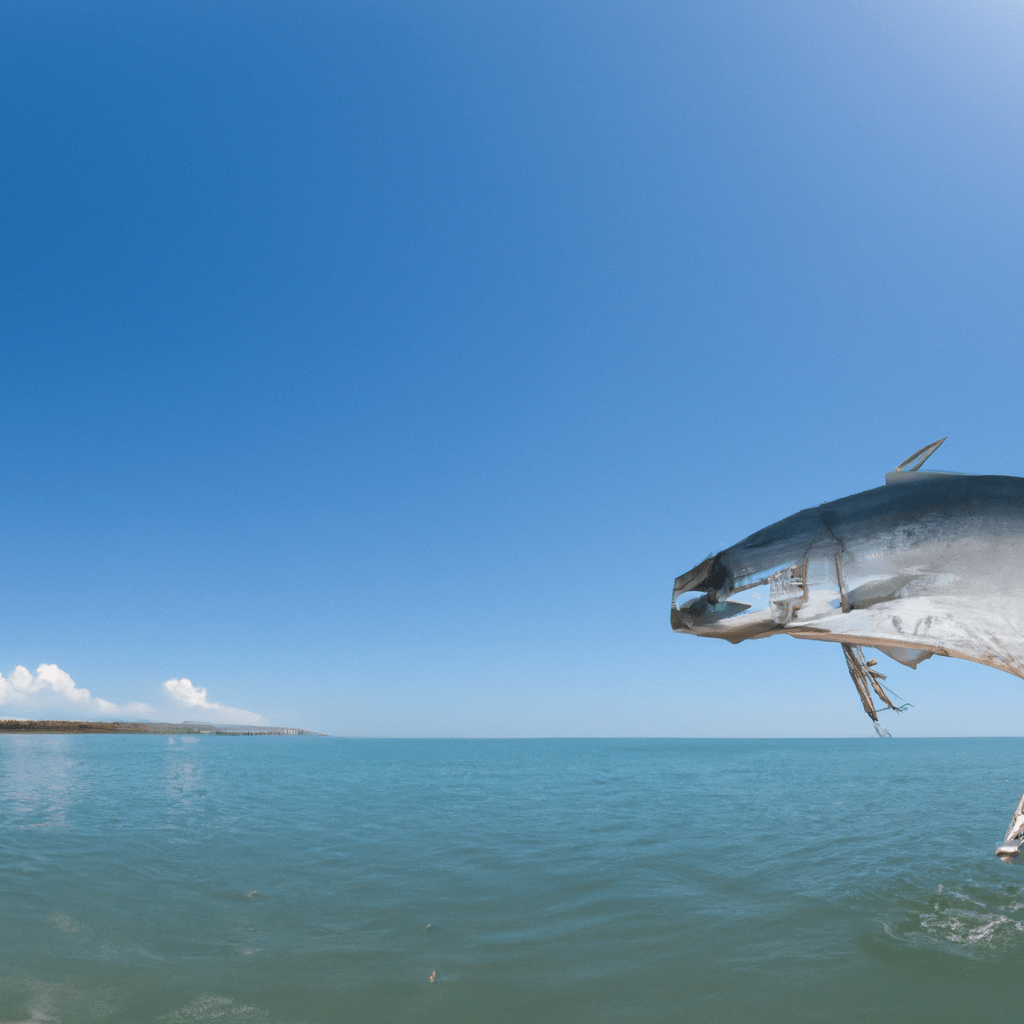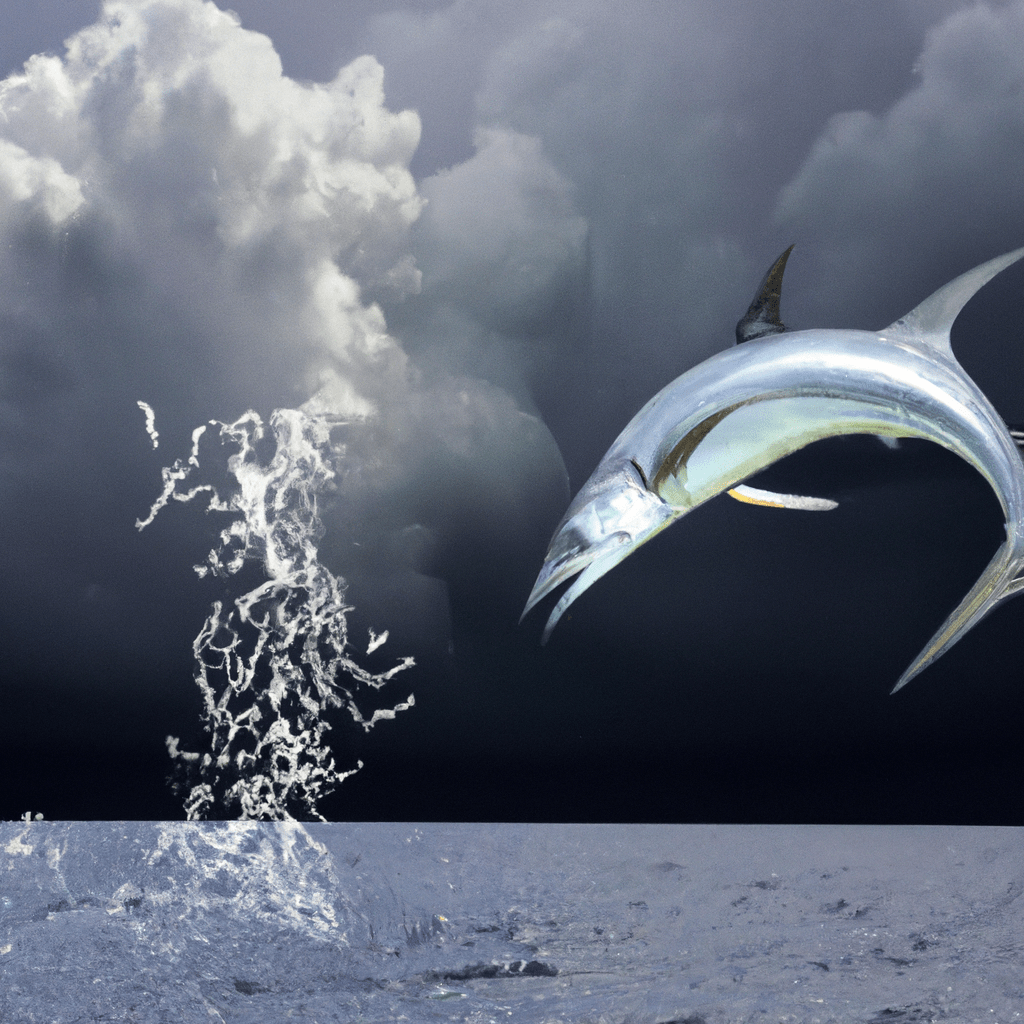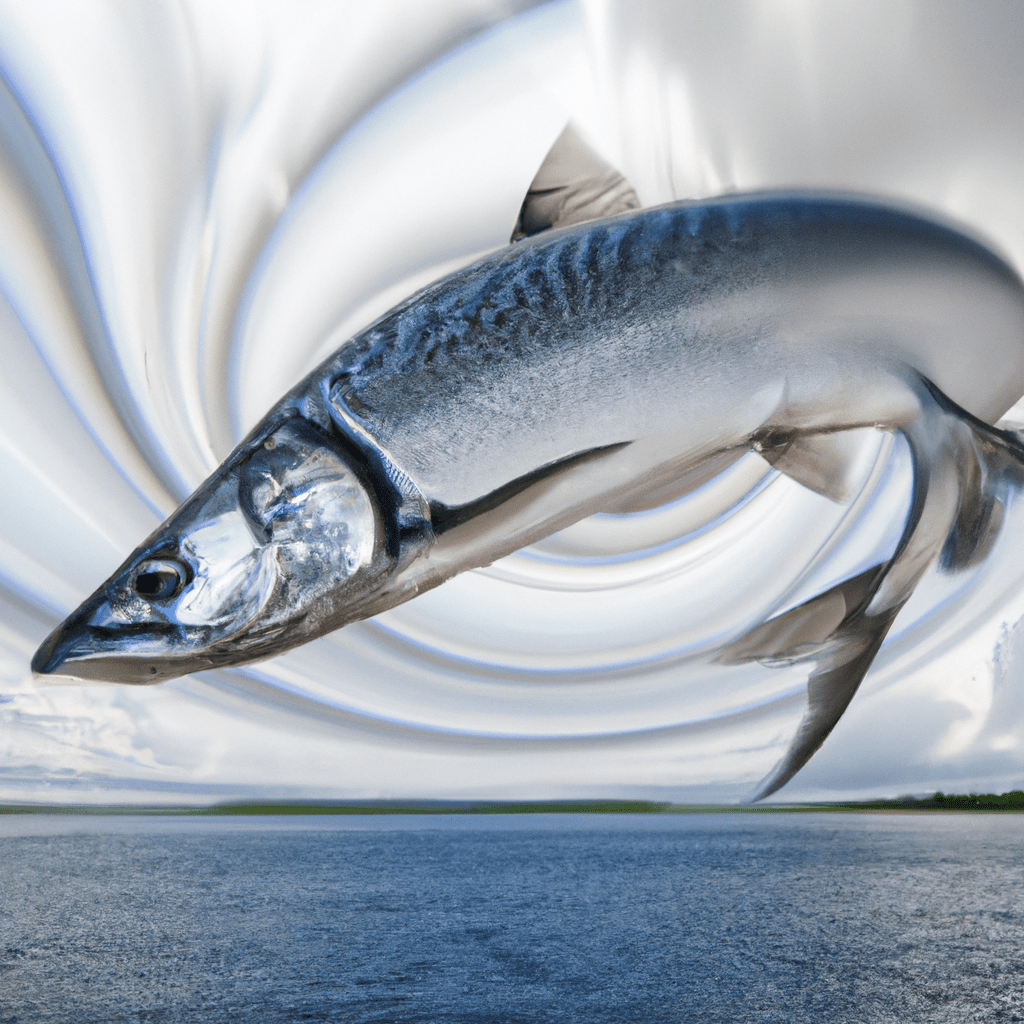Did you know that barometric pressure can have a significant impact on the behavior and feeding patterns of tarpon? Understanding how changes in barometric pressure affect these fish can greatly enhance your fishing success.
In this article, we will delve into the science behind barometric pressure and its effect on tarpon, providing you with valuable tips and techniques for fishing in different conditions.
Get ready to unlock the secrets of barometric pressure and take your tarpon fishing to the next level.
- The Science Behind Barometric Pressure
- Understanding Tarpon Behavior in Changing Barometric Pressure
- How Barometric Pressure Affects Tarpon Feeding Patterns
- Tips and Techniques for Fishing Tarpon in Different Barometric Conditions
- The Role of Barometric Pressure in Tarpon Migration and Spawning
- Frequently Asked Questions
The Science Behind Barometric Pressure

You’ll be amazed at the fascinating science behind barometric pressure and its effects on tarpon.
To understand this relationship, it’s crucial to delve into the realm of barometric pressure forecasting and the accurate measurement of this atmospheric phenomenon.
Barometric pressure, also known as atmospheric pressure, refers to the force exerted by Earth’s atmosphere on a given area. It plays a significant role in the behavior and movement patterns of tarpon.
Accurate measurement of barometric pressure is achieved using barometers, which record the pressure in units of millibars or inches of mercury. These measurements enable scientists to make predictions about weather patterns and, consequently, the behavior of marine species like tarpon.
Understanding Tarpon Behavior in Changing Barometric Pressure
As barometric pressure changes, you can observe significant shifts in tarpon behavior. Tarpon are highly sensitive to changes in barometric pressure and often adjust their movement patterns accordingly. When the barometric pressure is high and stable, tarpon tend to stay closer to the surface and are more active. They may be more likely to feed and exhibit aggressive behavior. On the other hand, when the barometric pressure is low or rapidly changing, tarpon may become more sluggish and seek shelter in deeper waters. Understanding these behavioral changes can be crucial for anglers and researchers alike. By monitoring barometric pressure and using forecasting techniques, it is possible to predict tarpon movement and increase the chances of a successful fishing trip or research study.
| Barometric Pressure | Tarpon Behavior |
|---|---|
| High and stable | Active, feeding |
| Low or rapidly changing | Sluggish, seeking shelter |
How Barometric Pressure Affects Tarpon Feeding Patterns

Significantly, when barometric pressure changes, tarpon adjust their feeding patterns accordingly.
Extensive research on tarpon feeding habits and barometric pressure has revealed several key findings:
- Tarpon tend to feed more actively when the barometric pressure is low.
- During periods of high barometric pressure, tarpon exhibit reduced feeding activity.
- Rising barometric pressure often causes tarpon to move to deeper waters, where they may be less likely to feed.
- Conversely, falling barometric pressure can trigger tarpon to move into shallower areas in search of prey.
- Rapid changes in barometric pressure, such as those associated with approaching storms, can disrupt tarpon feeding patterns and cause them to become less active.
Understanding how barometric pressure affects tarpon feeding behavior is crucial for anglers and researchers alike, as it can help predict optimal times and locations for successful tarpon fishing.
Tips and Techniques for Fishing Tarpon in Different Barometric Conditions

When fishing for tarpon in different barometric conditions, it’s important to adjust your techniques based on the changing atmospheric pressure. To optimize your chances of success, consider using specialized tarpon fishing gear designed to handle the unique challenges presented by these conditions.
In low-pressure systems, tarpon are more likely to be active and feed closer to the surface. Therefore, using topwater lures or live bait suspended near the surface can yield positive results.
In high-pressure systems, tarpon tend to be less active and may seek deeper waters. In this case, consider using weighted lures or sinking flies to reach the desired depths.
Additionally, it’s crucial to choose the best locations for tarpon fishing, such as mangrove-lined estuaries, flats, or deep channels where tarpon are known to congregate.
The Role of Barometric Pressure in Tarpon Migration and Spawning

To understand the relationship between barometric pressure and tarpon migration and spawning, you need to consider the various factors that influence their behavior during these crucial life stages. Research on tarpon migration routes and barometric pressure has provided valuable insights into how these majestic fish respond to changes in atmospheric pressure.
Here are some key findings:
- Tarpon tend to migrate along specific routes, which are influenced by both environmental factors and their own physiological needs. Barometric pressure plays a significant role in shaping these migration patterns.
- Studies have shown that tarpon are more likely to migrate and spawn when barometric pressure is stable or rising. This suggests that they rely on changes in pressure as a cue for initiating these important life events.
- Barometric pressure research has also revealed that tarpon may adjust their migration timing and routes based on fluctuations in pressure. This adaptive behavior allows them to optimize their chances of survival and reproductive success.
- It has been observed that tarpon are more active and feed more aggressively when barometric pressure is low. This could be due to changes in prey availability or increased metabolic rates associated with lower pressure systems.
- Additionally, studies have shown that changes in barometric pressure can impact water currents and temperature, which in turn affect tarpon behavior during migration and spawning.
Frequently Asked Questions
What Are Some Common Signs of Changing Barometric Pressure That Tarpon Anglers Should Look Out For?
Look out for signs of changing barometric pressure, Tarpon anglers. These signs can indicate shifts in weather patterns that could affect the behavior of Tarpon. Stay aware and adjust your fishing strategies accordingly.
Can Barometric Pressure Affect the Size and Strength of Tarpon?
Barometric pressure has a significant impact on the size and strength of tarpon. Understanding the correlation between barometric pressure and tarpon migration, as well as its effects on feeding behavior, is crucial for successful angling.
Are There Specific Times of Day When Tarpon Are More Active Based on Barometric Pressure?
Based on barometric pressure, you can determine the specific times of day when tarpon are more active. This information is crucial for implementing the best fishing techniques and finding optimal fishing locations.
How Does Barometric Pressure Impact Tarpon Fishing in Different Types of Water Bodies (E.G., Freshwater Vs. Saltwater)?
In different types of water bodies, such as freshwater and saltwater, the barometric pressure can have varying effects on tarpon fishing. Understanding the relationship between barometric pressure and tarpon feeding patterns is crucial for successful angling.
Are There Any Specific Lures or Bait That Are More Effective in Different Barometric Conditions When Targeting Tarpon?
To optimize your tarpon fishing success in varying barometric conditions, it’s crucial to select the best lures. Additionally, adjusting your fishing techniques based on barometric pressure changes can significantly improve your chances of a successful catch.

